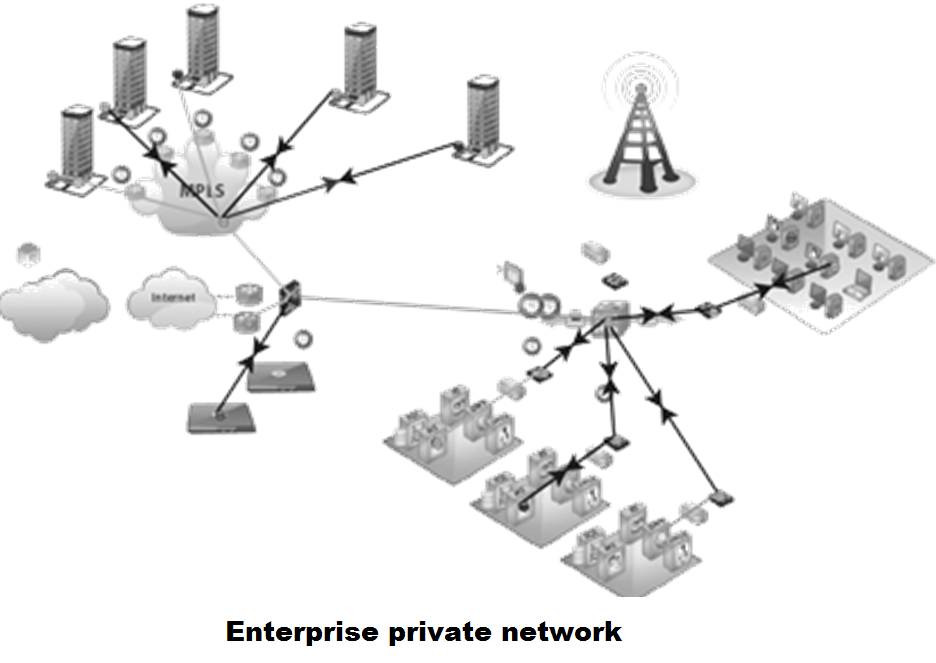Based on geographical area there are many types of networks.
Some of the important types Of Computer networks are :-
Personal Area Networks (PAN) :
A network contained within a user's home to connects his/her digital devices.
The range of PAN is 1M to 50M
Example :- connection between to cellphone through WiFi or Bluetooth.
Local Area Networks (LAN) :
A LAN is a network that connects computers and devices in a limited geographical area such as a home, school, office building, or closely positioned group of buildings.The range of LAN is 50 to 100M
Example :- A small office, class room, cyber cafe.
Metropolitan Area Networks (MAN) :
A metropolitan area network (MAN) is computer network larger than a local area network, covering an area of a few city blocks to the area of an entire city, possibly also including the surrounding areas. The network can extend up to 20 miles (30 km) long and operate at speeds of 34–155 Mbit/s.
Wide Area Networks (WAN) :
A WAN is a computer network that covers a large geographic area such as a city, country, or spans even intercontinental distances. A WAN uses a communications channel that combines many types of media such as telephone lines, cables, and air waves. A WAN often makes use of transmission facilities provided by common carriers, such as telephone companies.
Home Area Network (HAN) :
A HAN is a residential LAN used for communication between digital devices typically deployed in the home, usually a small number of personal computers and accessories, such as printers and mobile computing devices. An important function is the sharing of Internet access, often a broadband service through a cable TV or digital subscriber line (DSL) provider.
Storage Area Network (SAN) :
A SAN is a dedicated network that provides access to consolidated, block level data storage. SANs are primarily used to make storage devices, such as disk arrays, tape libraries, and optical jukeboxes, accessible to servers so that the devices appear like locally attached devices to the operating system. A SAN typically has its own network of storage devices that are generally not accessible through the local area network by other devices. The cost and complexity of SANs dropped in the early 2000s to levels allowing wider adoption across both enterprise and small to medium sized business environments.
Campus Area Network (CAN) :
A campus area network (CAN) is made up of an interconnection of LANs within a limited geographical area. The networking equipment (switches, routers) and transmission media (optical fiber, copper plant, Cat5 cabling, etc.) are almost entirely owned by the campus tenant / owner (an enterprise, university, government, etc.). The range of CAN is 1KM to 5KM
Example:- a university campus network is likely to link a variety of campus buildings to connect academic colleges or departments, the library, and student residence halls.
Enterprise Private Network :
An enterprise private network is a network that a single organization builds to interconnect its office locations so they can share computer resources.
Example:- Production sites, head offices, remote offices, shops.
Virtual Private Network (VPN) :
VPN is a network that is constructed by using public wires — usually the Internet — to connect to a private network, such as a company's internal network. There are a number of systems that enable you to create networks using the Internet as the medium for transporting data.

.jpg)









0 comments :
Post a Comment